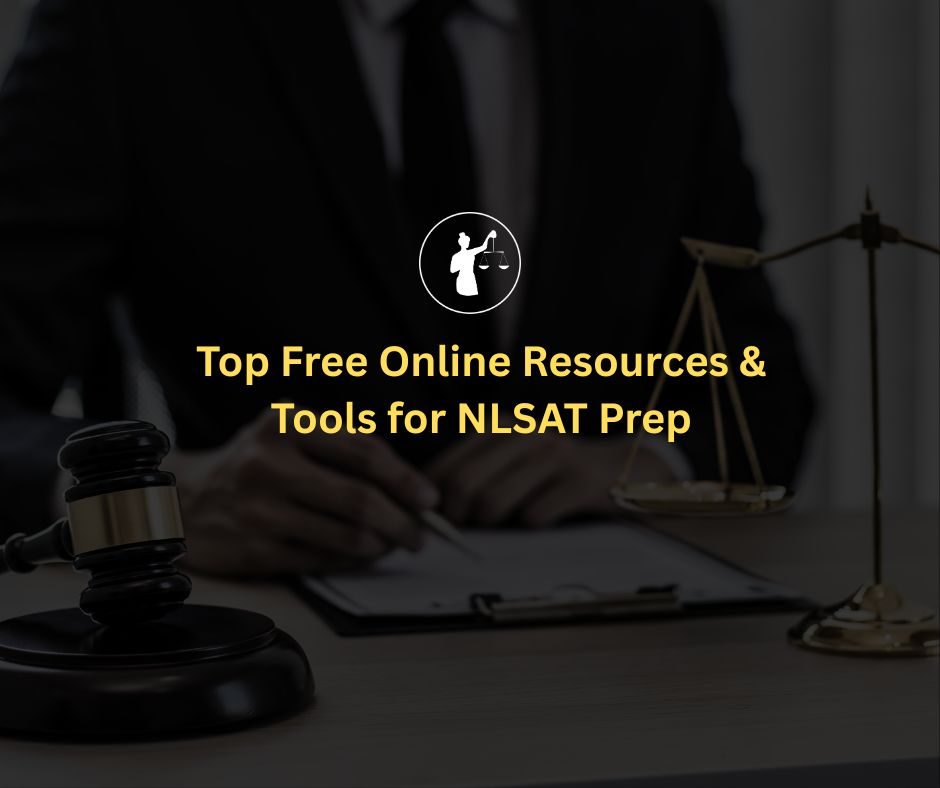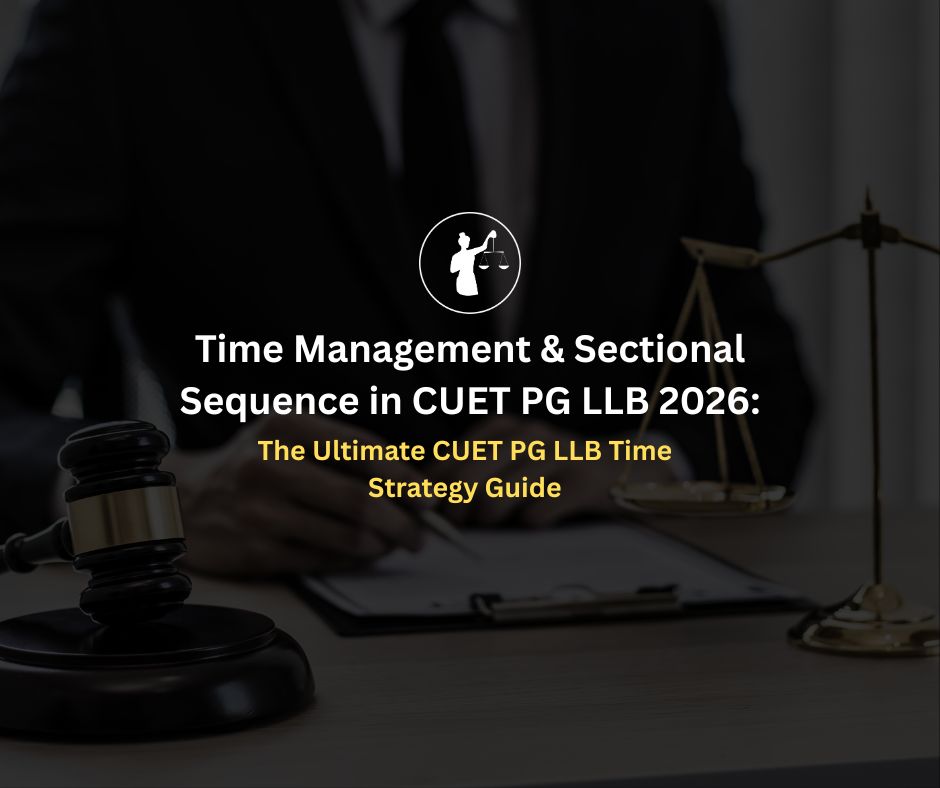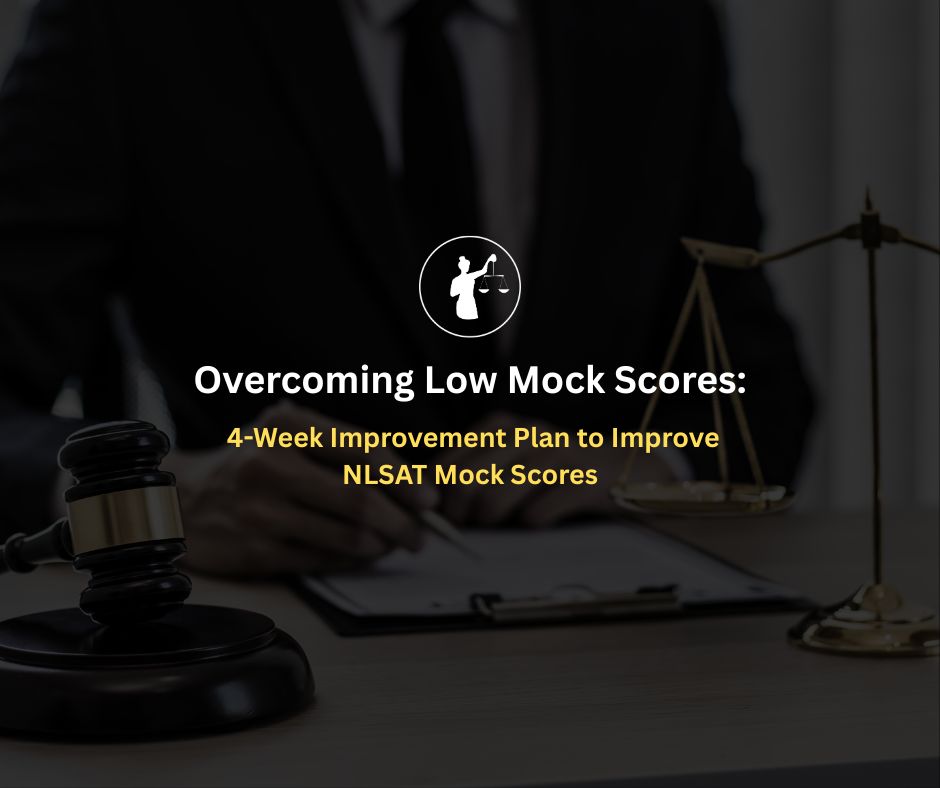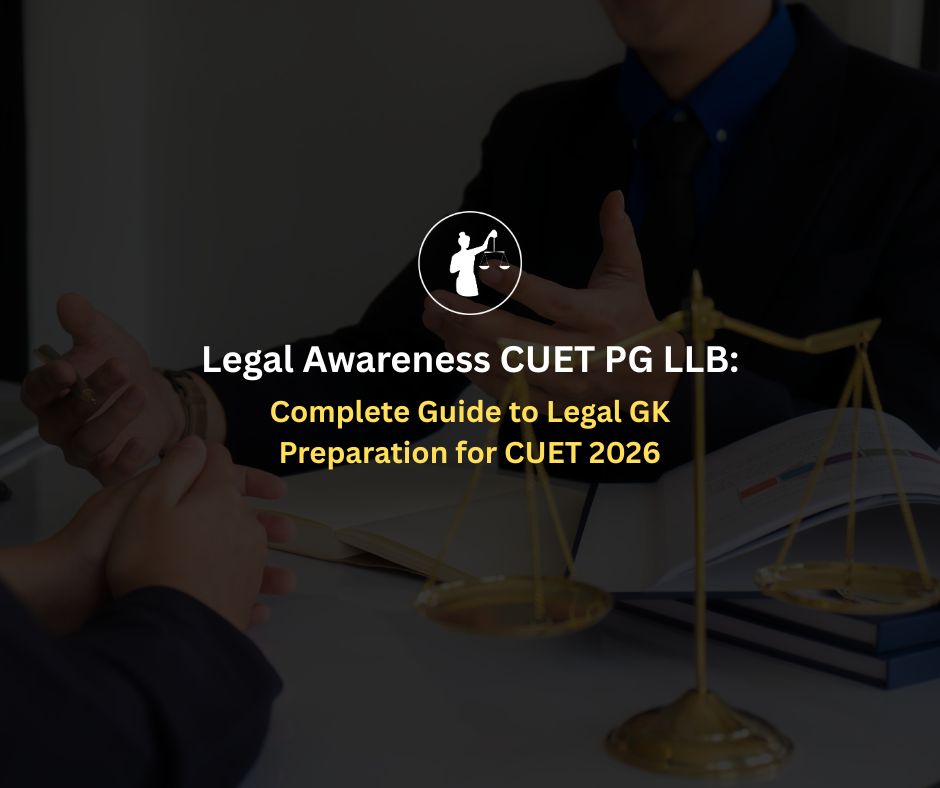The Common Law Admission Test (CLAT) is a highly competitive examination that serves as a gateway to some of India's most prestigious law schools. Among its various sections, the English Language section holds significant importance. This comprehensive guide delves into the essentials of the English Language section of CLAT, providing detailed insights, strategies, and resources to help candidates excel.
The CLAT exam comprises five primary sections, each designed to evaluate a candidate's aptitude in different areas:
English Language
Current Affairs including General Knowledge
Logical Reasoning
Legal Reasoning
Quantitative Techniques
Each section contributes to the overall score, making it crucial for candidates to perform well across all areas. The English Language section, in particular, tests a candidate’s reading comprehension, grammar, and vocabulary skills and is a critical component of the exam.
The CLAT exam consists of 120 questions distributed across the five sections. The English Language section typically features 22-26 questions, which accounts for approximately 20% of the total questions. The questions in this section are designed to test various aspects of English proficiency, including comprehension, grammar, and vocabulary.
The marking scheme for the CLAT exam is straightforward:
Each correct answer earns one mark.
Each incorrect answer results in a deduction of 0.25 marks.
No marks are deducted for unanswered questions.
Understanding this marking scheme is crucial for devising an effective test-taking strategy, especially in terms of managing negative markings.
The English Language section of CLAT 2025 will feature multiple-choice questions (MCQs) based on passages. Each passage will be approximately 450 words long, followed by a series of questions that test comprehension, vocabulary, and grammatical skills.
Passages:
The section will contain 4-6 passages.
Number of Questions:
Each passage will be followed by 4-5 questions, making a total of 22-26 questions.
Marking Scheme:
+1 for each correct answer and -0.25 for each incorrect answer.
Time Management:
Candidates should aim to spend 5-7 minutes on each passage to balance speed and accuracy.
A thorough understanding of the syllabus is the first step towards effective preparation. The key topics covered in the English Language section of CLAT include:
Reading comprehension forms the core of the English Language section. Candidates will be presented with passages, each around 450 words, followed by questions that test their understanding and interpretation of the text.
Types of Passages:
Passages can be derived from contemporary or historically significant fiction and non-fiction literature.
Question Types:
Questions will assess the main idea, arguments, viewpoints, and the ability to draw conclusions from the text.
Grammar and syntax questions test the candidate's ability to identify and correct grammatical errors and understand sentence structure.
Common Topics:
Subject-verb agreement, tense usage, punctuation, and sentence correction.
Question Types:
Error detection, sentence completion, and correction.
Vocabulary questions assess the candidate's knowledge of words and their usage.
Key Areas:
Synonyms, antonyms, idioms, and phrases.
Question Types:
Word meanings, usage in sentences, and contextual vocabulary.
These questions test the candidate’s ability to complete sentences correctly and spot errors in given sentences.
Focus Areas:
Correcting incorrect grammar, and completing sentences logically and coherently.
Error detection questions require candidates to identify and correct grammatical and syntactical errors in sentences.
Common Errors:
Subject-verb agreement, tense inconsistencies, misplaced modifiers, etc.
Understanding and using common idiomatic expressions is crucial for this section.
Common Idioms:
Frequently used phrases and their meanings.
Usage:
Application of idioms in context.
Knowledge of words with similar or opposite meanings is tested in this section.
Key Focus:
Building a strong vocabulary to understand and identify synonyms and antonyms effectively.
The English Language section evaluates several skills essential for success in the CLAT exam and in law school:
Understanding Main Ideas:
Grasping the central theme or argument presented in the passage.
Interpreting Arguments:
Analyzing viewpoints and arguments to understand their implications.
Summarizing Text:
Condensing the passage into a concise summary.
Drawing Inferences:
Making logical deductions based on the information provided.
Evaluating Information:
Assessing the validity and relevance of the information presented.
Making Deductions:
Drawing logical conclusions from the given text.
Comparing and Contrasting:
Identifying similarities and differences between viewpoints.
Identifying Errors:
Spotting and correcting grammatical mistakes.
Understanding Syntax:
Recognizing proper sentence structures.
Contextual Understanding:
Determining the meaning of words based on context.
Usage:
Correct application of vocabulary in sentences.
Understanding trends and patterns in previous CLAT exams can provide valuable insights for preparation:
Reading Comprehension Dominance:
Over the years, reading comprehension has consistently been the focus, with a steady mix of grammar and vocabulary questions.
Diverse Topics:
Passages have covered a wide range of subjects, from contemporary issues to historical events.
Contemporary Issues:
Topics related to current events, social issues, and modern literature.
Historical Texts:
Passages based on historically significant events or literature.
Increased Complexity:
Recent exams have shown a trend towards longer and more complex passages.
Grammar and Vocabulary:
While the focus remains on comprehension, there is a noticeable emphasis on testing grammar and vocabulary skills.
Consistent Challenge:
The difficulty level has remained consistent, designed to test a thorough understanding of 12th-grade English.
Balanced Questions:
A mix of straightforward and challenging questions to evaluate a range of skills.
Here is a table of recommended books for the English Language section of the CLAT exam:
These books provide a solid foundation for mastering the English Language section of the CLAT exam, covering essential grammar, vocabulary, and comprehension skills.
Effective preparation requires a strategic approach. Here are some detailed strategies to help candidates prepare for the English Language section:
Familiarize with the Pattern:
Understand the types of questions and the weightage of each topic.
Study the Syllabus:
Ensure a thorough understanding of all the topics covered in the syllabus.
High-Quality Books:
Use reputable books such as "Word Power Made Easy" by Norman Lewis and "Objective General English" by R.S. Aggarwal.
Online Resources:
Leverage online platforms for additional practice and resources.
Read Widely:
Regularly read newspapers, magazines, fiction, and non-fiction to improve reading speed and comprehension.
Focus on Comprehension:
Practice summarizing articles and identifying main ideas and arguments.
Regular Exercises:
Engage in regular grammar exercises and vocabulary-building activities.
Flashcards:
Use flashcards to learn and revise new words.
Practicing with sample papers is a crucial part of the preparation:
Benefits of Solving Previous Years’ Papers:
Familiarizes you with the exam pattern and types of questions.
Analyzing Practice Tests:
Review your answers to understand your strengths and weaknesses.
Utilizing Official Sample Papers:
The Consortium of National Law Universities (CNLU) releases official sample papers, which are invaluable for preparation.
Effective time management can make a significant difference in your preparation:
Creating a Study Schedule:
Allocate specific times for each section of the exam.
Balancing Preparation for All Sections:
Ensure that you devote adequate time to each section, including English.
Regular Revision:
Regularly review and revise topics to retain information.
The English Language section of the CLAT exam is crucial for achieving a high score. By understanding the exam pattern, mastering key topics, and practicing regularly, candidates can improve their performance significantly. Consistency and a strategic approach are key to success. With dedication and the right resources, including those from the National Law Training Institute, aspirants can excel in this section and secure admission to prestigious law schools.
Recommended Books and Websites:
Official CLAT resources and sample papers (consortiumofnlus.ac.in)
National Law Training Institute: A valuable resource for comprehensive CLAT preparation, offering expert guidance and practice materials.
By following these guidelines and utilizing the available resources, candidates can effectively prepare for the English Language section of the CLAT exam and enhance their overall performance.





